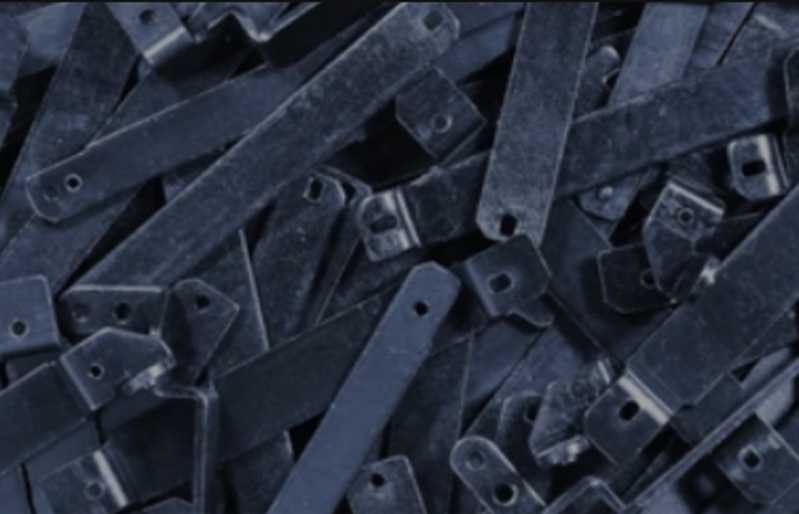Die casting is a widely used manufacturing process for producing complex metal parts with high precision and excellent surface finish. It involves injecting molten metal under high pressure into a steel mold, known as a die, and then allowing it to solidify. This article will provide essential design guidelines for successful die casting manufacturing.
1. Material Selection:
Choosing the right material is crucial for achieving high-quality die cast parts. Common materials used in die casting include aluminum, zinc, and magnesium alloys. Each material has its own unique properties and characteristics, such as strength, corrosion resistance, and thermal conductivity. It is important to select a material that best suits the specific requirements of the part being manufactured.
2. Wall Thickness:
Maintaining uniform wall thickness is essential to prevent defects and ensure proper filling of molten metal during the die casting process. Wall thickness should be designed to be as uniform as possible. Avoid abrupt changes in wall thickness, which can result in uneven cooling and lead to shrinkage, warping, and other quality issues.
3. Draft Angle:
Including draft angles in the design is essential for easy ejection of the part from the die. A draft angle is a slight taper given to the vertical walls of the die cavity. It allows for smooth and easy removal of the part after solidification. A draft angle of 1-3 degrees is typically recommended, depending on the part’s complexity and size.
4. Ribs and Fillets:
Incorporating ribs and fillets in the design can help improve the strength and rigidity of the die cast part. Ribs add stiffness to thin-walled sections, reducing the risk of deformation or warping. Fillets, on the other hand, help eliminate sharp corners and reduce stress concentration points, leading to improved overall part quality.
5. Gates and Runners:
Proper placement of gates and runners is critical to achieve efficient filling and avoid defects like porosity and shrinkage. Gates are the entry points through which molten metal is injected into the die cavity. They should be designed to ensure uniform filling and minimize metal turbulence. Runners are channels that distribute the molten metal from the gate to the different sections of the part. A well-designed gating system can significantly influence the part quality and minimize scrap rates.
6. Parting Line and Ejector Pins:
The parting line is the line where the two halves of the die meet. It is important to carefully determine the parting line location to minimize flash and ensure proper alignment of the die halves. Ejector pins are used to push the solidified part out of the die cavity. They should be strategically placed to avoid interference with the part’s critical features and minimize the risk of damage during ejection.
7. Surface Finish and Texture:
Die casting can achieve excellent surface finish and texture. Designers should specify the desired surface finish and texture requirements to meet the part
‘s aesthetic and functional needs. Various techniques, such as bead blasting, polishing, or adding texture to the die cavity, can be used to achieve the desired surface appearance.

8. Tooling Considerations:
Designing the die with proper tooling considerations is crucial for successful die casting. The die should be designed for ease of manufacturing, assembly, and maintenance. Features like ejector pins, cooling channels, and venting should be appropriately integrated into the die design to ensure efficient production and minimize the risk of defects.
In conclusion, following these die casting design guidelines can greatly contribute to successful manufacturing. By carefully considering material selection, wall thickness, draft angles, ribs and fillets, gating system design, parting line, and surface finish requirements, designers can optimize the die casting process and achieve high-quality parts with minimal defects. Additionally, paying attention to tooling considerations can enhance the overall efficiency and longevity of the die.
-

- OEM Die casting manufacturer produce magnesium alloy wheel for kids push bike
-

- Части магниевого литья Рулевая колонка
-

- Custom-made metal parts macbook middle board produced
-

- Magnesium Aluminum Alloy Children Bike 3-8 Years Old Cheap Hot Sale 14 Inch Children Bicycle FOREVER Wholesale 2022
-

- Magnesium alloy die-casting Auto parts Side step Running board
-

- Magnesium alloy die-casting parts&components for e-bike

 0086-750-5616188
0086-750-5616188 +86 13392089688
+86 13392089688 sales@zhongmei-tech.com
sales@zhongmei-tech.com







